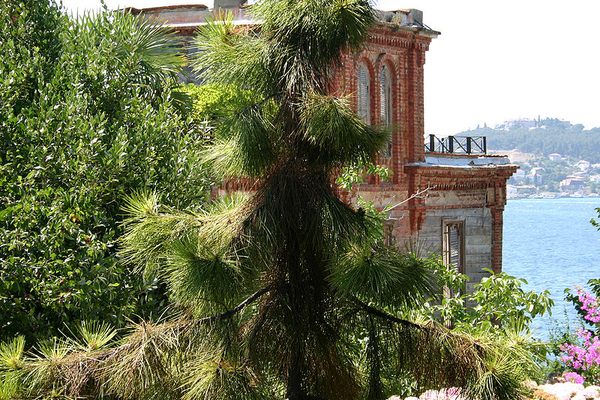About
The isolated archipelago of Chiloé is home to a distinctive local culture consisting of a mish-mash of Spanish and indigenous traditions — embodied most strikingly in the beautiful churches of Chiloé.
Hidden in the mists just off the coast of Chile, Chiloé seems almost like a little slice of Ireland plopped into the chilly waters of the southern Pacific. Rolling green hills dotted with fluffy sheep, Chilotes (as locals are called) clothed in thick woolen garments stoking fires in wood-shingled houses along the shoreline, strong and hearty food and drink that fills the stomach and strengthens the soul, and everywhere a strong sense of community and identity. On clear days, the mighty peaks of Andean volcanoes on the mainland can be seen piercing the horizon.
When Spanish Jesuits first came to the islands at the beginning of the 17th century they initiated a peripatetic mission, travelling from village to village and island to island to spread Christianity. In so doing, they worked with local builders in each location they visited to erect churches that would be looked after by indigenous laypeople when they missionaries weren't in residence. These churches are perhaps the greatest examples of a wholly unique style of architecture known as the Chilota School.
Unlike classical Spanish Colonial buildings, the churches are architecturally significant for being made entirely of native wood, specifically making use of wood shingles on the roof and walls. Some of the churches weren’t even originally made with nails, using wooden pegs instead. The overall style is distinctive to Chiloé as a way to keep out the perpetual cold and damp of southern Chile.
Many construction techniques were borrowed directly from local boat-building traditions, and the churches were generally built on high ground to be easily seen by seafaring navigators, and to prevent flooding. Non-religious festivals and community activities were usually held at the churches. Altogether, about 70 churches were constructed in this style throughout Chiloé.
The main cathedral, the Church of San Francisco, is located on the Plaza de Armas in Chiloé's capital city of Castro. The design is different from the other churches on the islands, employing more of a Neo-Gothic style. Soaring buttressed ceilings made of amber wood glow in the daylight, lending the church a feeling of warmth and security. The outside is made from galvanized iron that is painted a radiant yellow, with accents of purple, white, and red.
The other churches are all characterized by a facade tower, basilican layout, and vaulted ceiling, as well as the aforementioned timber construction and peculiar jointing techniques. The facades are generally either painted a strong central color with accent colors, or are left blank, letting the bare craftsmanship speak for itself. Inside, the woodwork features simple designs and colors, such as the church in Chonchi, whose ceiling is a faded blue dotted with white stars. The well-worn floorboards barely creak as visitors shuffle around inside the churches, quietly admiring the subtle beauty and native artistic mastery of the churches al fin del mundo (at the end of the world.)
Sixteen of the churches were chosen to be UNESCO World Heritage Sites in 2000, with many others distinguished as national heritage landmarks by the government of Chile.
Today, they are some of the most popular tourist destinations on the islands, with many opportunities for tours as well as personal exploration of the beautiful churches of Chiloé.
Related Tags
Know Before You Go
The main cathedral can be found in the center of Castro. Directly across the street is the tourist information office, where interested parties can find information, tours, and brochures for visiting the other churches.
Community Contributors
Added By
Published
March 2, 2016































































